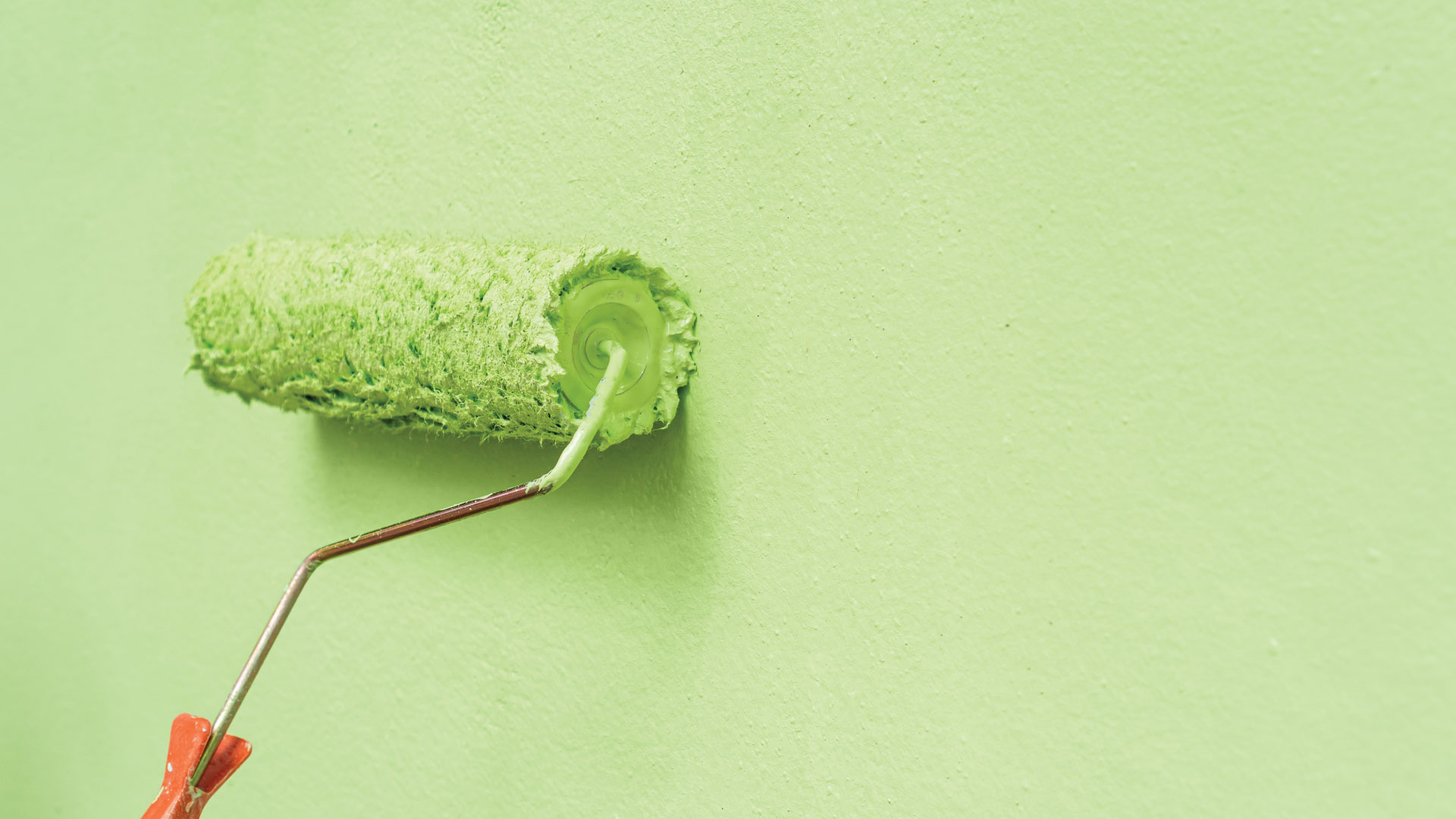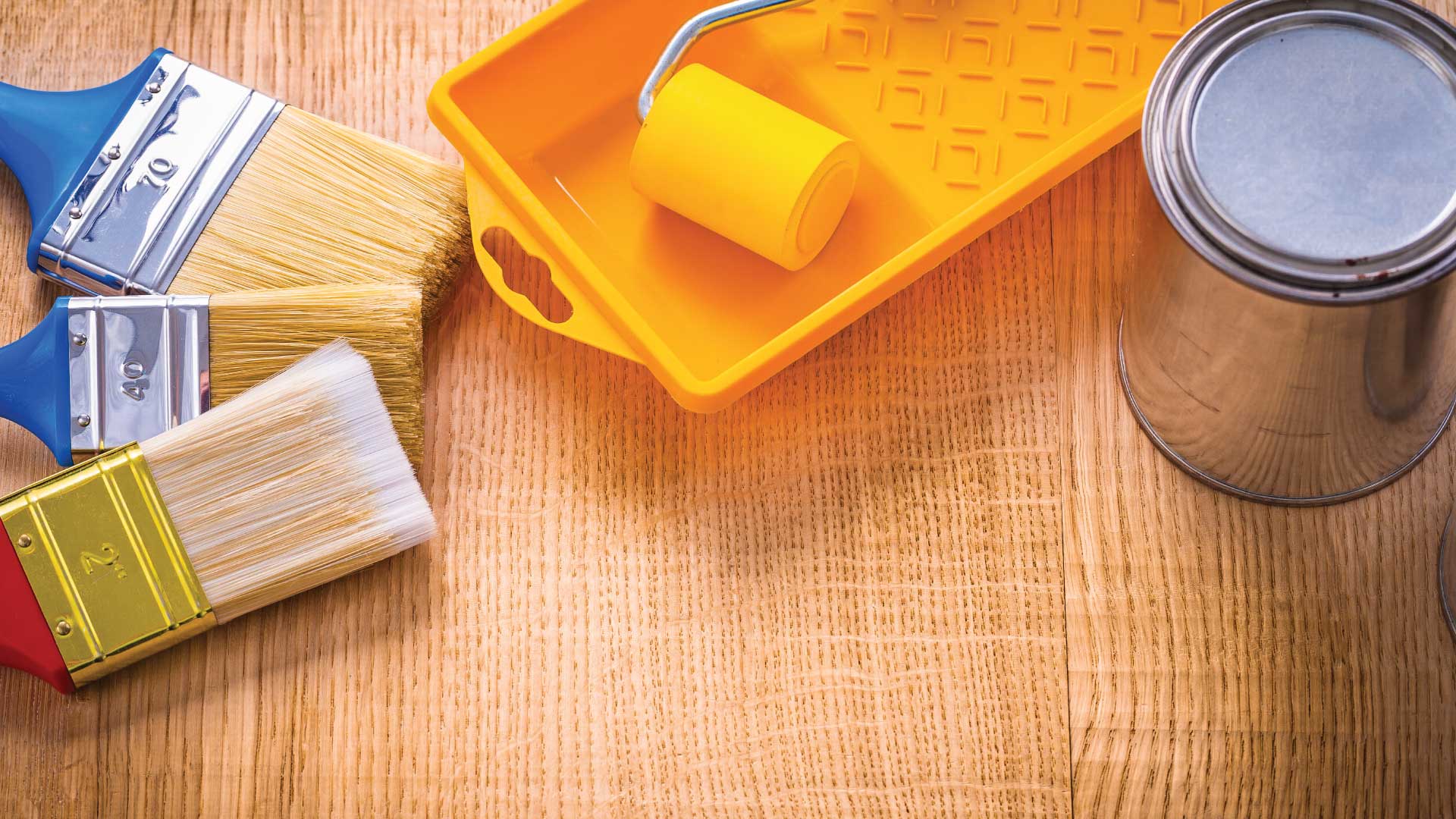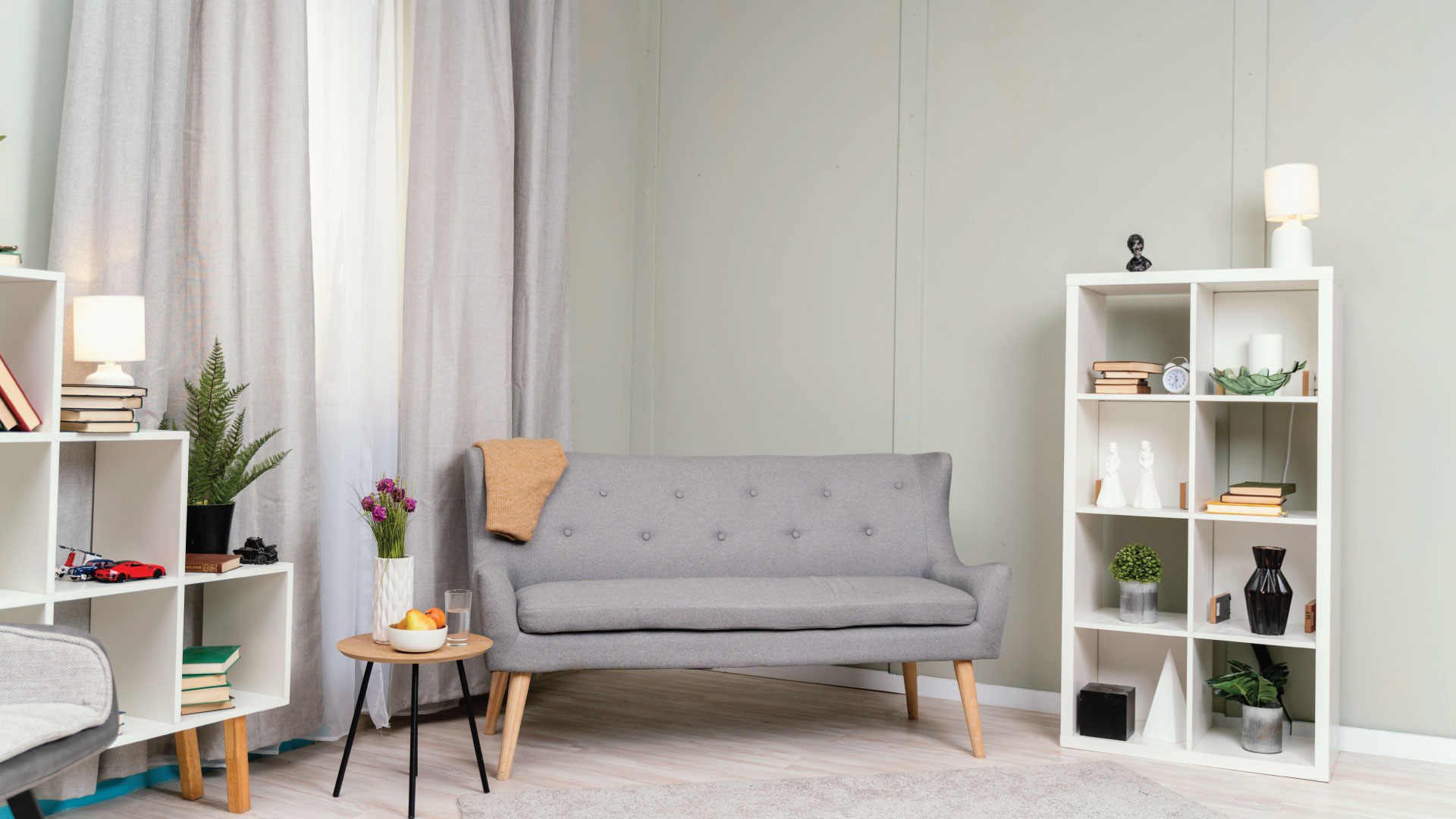
In a world inundated with constant stimuli and an overwhelming array of choices, many individuals are finding solace in the simplicity and tranquility that a minimalist lifestyle brings. The minimalist movement extends beyond decluttering and simplifying one’s life; it also influences the way we design our living spaces. Achieving a minimalist style in your home involves more than just removing excess belongings; it’s a deliberate approach to design that focuses on functionality, simplicity, and a sense of calm. Here’s a comprehensive guide on how to infuse a minimalist aesthetic into your home.
1. Start with a Clean Slate
Before diving into the world of minimalism, it’s crucial to start with a clean slate. Begin by decluttering your space and getting rid of unnecessary items. Evaluate each item’s significance and only keep what truly adds value to your life. This initial step sets the foundation for a minimalist transformation.
As you go through your possessions, ask yourself whether each item serves a purpose or brings you joy. The KonMari method, popularized by Marie Kondo, encourages individuals to keep only those items that “spark joy.” This mindful evaluation process helps create a living space filled with items that hold genuine meaning.
2. Choose a Neutral Color Palette
Minimalist design often revolves around a neutral color palette. Opt for calming tones such as whites, grays, and earthy hues. These colors not only create a serene atmosphere but also enhance the sense of openness in your space. Consider incorporating natural materials like wood and stone to add warmth and texture to the neutral backdrop.
When selecting a color palette, think beyond the walls. Extend it to furniture, decor, and even smaller details like throw pillows and rugs. Consistency in color choices helps maintain a cohesive and harmonious visual appeal.
3. Focus on Essential Furniture Pieces
In a minimalist home, every piece of furniture serves a purpose. Select functional and versatile furniture that meets your needs without overwhelming the space. Embrace clean lines and simple designs, avoiding ornate or unnecessary embellishments. Invest in quality over quantity, as a few well-chosen pieces can make a more significant impact than a cluttered assortment.
Consider multifunctional furniture to maximize space utilization. Items like a storage ottoman or a sofa with built-in storage not only serve their primary purpose but also contribute to maintaining a clutter-free environment.
4. Declutter Your Surfaces
Minimalism thrives on clean, uncluttered surfaces. Keep countertops, tables, and other surfaces free from unnecessary items. Instead, showcase a carefully curated selection of decor that adds to the overall aesthetic. Consider the “less is more” philosophy, allowing the beauty of each item to shine without distraction.
Create designated spaces for essential items, such as a designated charging station for electronic devices or a mail organizer to prevent paperwork from piling up. By having specific places for each item, you can maintain a minimalist look while still having everything you need within reach.
5. Maximize Natural Light
Light plays a pivotal role in minimalist design. Maximize natural light by choosing light and airy window treatments. Opt for sheer curtains or blinds that allow sunlight to filter through, creating a bright and inviting atmosphere. Mirrors can also be strategically placed to reflect light and make the space feel larger.
When arranging furniture, consider the placement in relation to windows to ensure that natural light can freely illuminate the room. Avoid heavy drapes or dark curtains that can block light and disrupt the overall minimalist ambiance.
6. Implement Storage Solutions
Effective storage is key to maintaining a minimalist home. Invest in hidden storage solutions to keep belongings out of sight and maintain a streamlined appearance. Consider built-in shelving, multi-functional furniture with storage compartments, and wall-mounted organizers to optimize space without sacrificing style.
In bedrooms, consider a bed with built-in drawers for clothing storage or floating shelves to keep personal items off the floor. Customizable storage solutions can be tailored to your specific needs, ensuring that everything has its place without cluttering the visual landscape.
7. Mindful Decor Choices
When selecting decor items, focus on quality over quantity. Choose pieces that hold personal significance or contribute to the overall aesthetic of the space. Minimalist decor often features simple, geometric shapes and natural elements. A carefully chosen piece of artwork or a few strategically placed plants can add character without disrupting the minimalist flow.
Introduce decor elements that resonate with your personal style and enhance the overall ambiance. Avoid overcrowding shelves or walls with too many items; instead, showcase a few statement pieces that capture attention and align with the minimalist theme.
8. Practice Intentionality
Ultimately, achieving a minimalist style in your home is about intentionality. Every item should have a purpose and contribute positively to your living space. Regularly assess your belongings and make mindful decisions about what to keep and what to let go. By doing so, you’ll maintain a sense of order and simplicity in your home.
Conclusion:
In conclusion, adopting a minimalist style in your home is a transformative journey that goes beyond aesthetics. It’s about cultivating a mindful and intentional approach to your living space, creating an environment that fosters simplicity, functionality, and a sense of calm. By following these guidelines, you can embark on a path towards a more minimalist and harmonious home, where every element contributes to a sense of peace and well-being.



